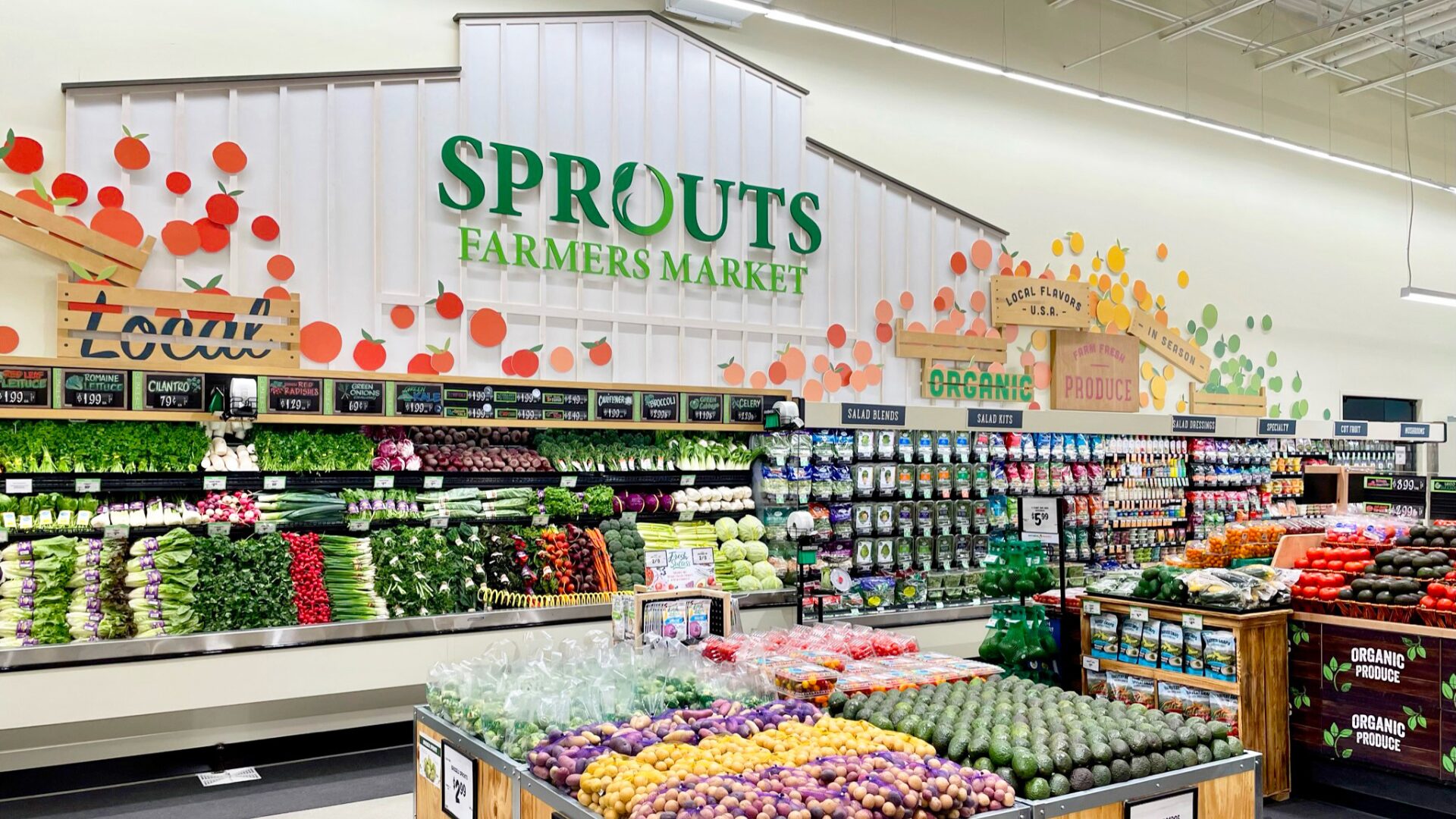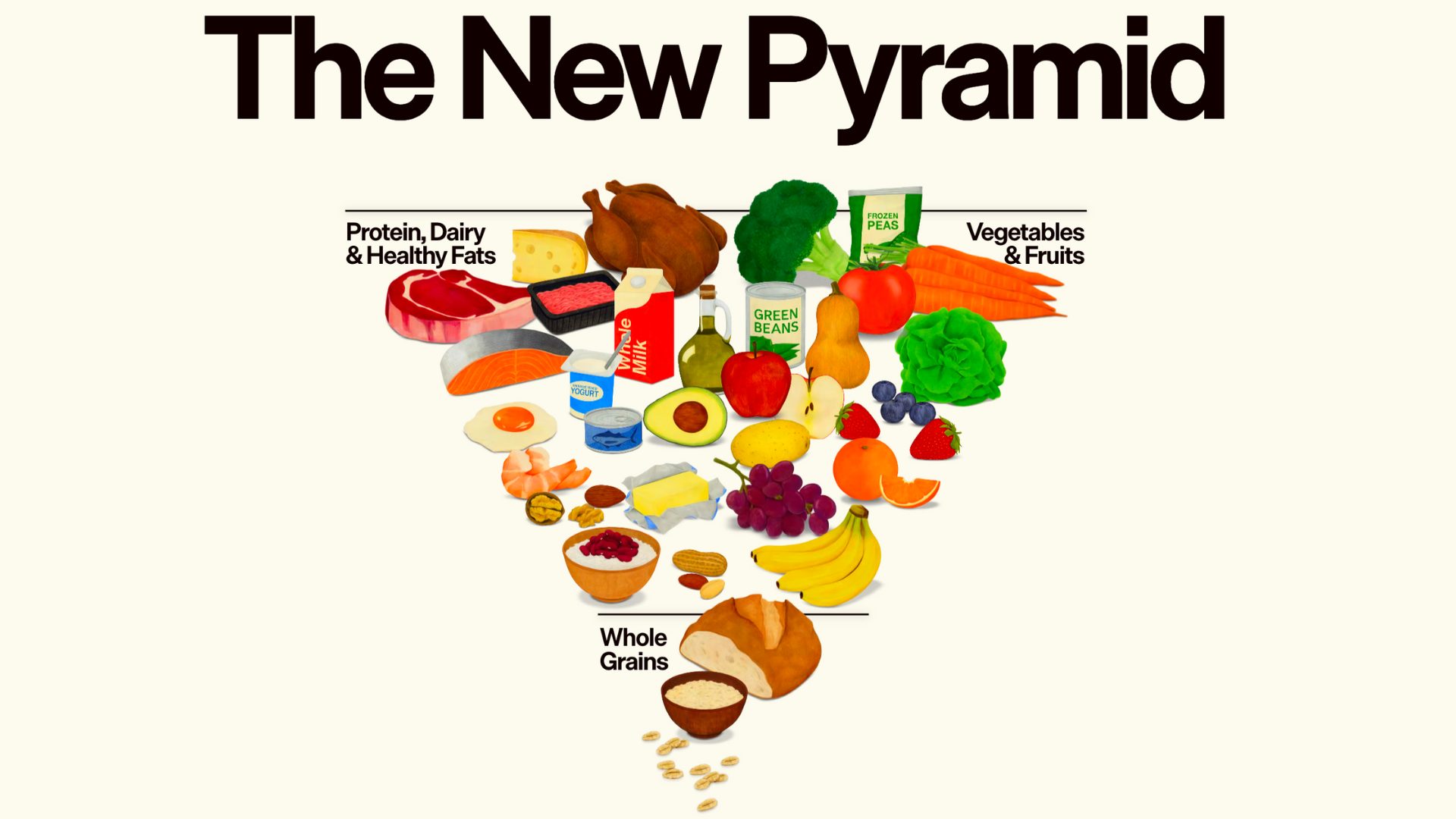Since the beginning of 2022 – a rough marker for the return of inflation to grocers – shares of both Walmart and Kroger have handily beat the market. To anyone following the industry, this performance is not necessarily a surprise.
After all, inflation is a positive for the industry more broadly; indeed, the entire space spent the decade of the 2010s hoping for any kind of inflation at all. And in a higher-inflation environment, both Walmart and Kroger benefit from tremendous scale. The sheer size of each company’s grocery business means more purchasing power. It means each can invest more in omnichannel initiatives and can build out profitable in-store advertising networks. Add in solid execution from both companies – particularly Walmart, as we noted last month – and it makes sense that investors have been positive toward the two grocery giants.
Over the same stretch, meanwhile, smaller public grocers have not done nearly as well. Village Super Market, which operates 37 locations in the Northeast, has been the exception; including dividends, shares have nearly doubled. But discounter Grocery Outlet has seen its shares halved, Ingles Markets (about 200 stores in the Southeast) is down 21% even with dividends, and Weis Markets (about 200 stores in the Northeast) is up 23%, behind market indices.
This performance, too, makes some sense. Smaller brands and smaller chains don’t have the same ability to invest in digital efforts, whether online shopping or in-store advertising. Inflation generally is good for the industry, but a volatile macroeconomic environment and shaky consumer confidence both likely disfavor smaller players. Clearly, Walmart in particular has taken market share, and some of that share has come from smaller regional players. (Ingles, for instance, saw its same-store sales actually decline in its fiscal year ending September 2024.)
What is surprising, however – perhaps even stunning – is the performance of the two natural/organic-focused players in the space.
Since the start of 2022, shares of Sprouts Farmers Market are up 447%. The smaller Natural Grocers by Vitamin Cottage has seen its stock more than triple.
This hardly seems like the environment where higher-dollar, niche-focused retailers would outperform at all, let alone to this extent. Sprouts’ own CEO even agrees. At a conference in early June, Jack Sinclair told an analyst that given lower consumer confidence, “you would have expected some things to have changed in our environment. The reality is we aren’t seeing any change whatsoever, which is quite surprising even in the last few weeks”, during which time Trump’s tariffs had rattled both consumers and investors.
How Natural Grocers Defy the Odds
Over the last few years, both Sprouts and the smaller NGVC (whose sales are about one-sixth those of Sprouts) have been consistent in saying that they have been largely insulated from broader macro concerns. The numbers bear that out as well: each company has managed to drive strong same-store sales of late (both companies grew about 7% in their most recent fiscal year; each is guiding to a 5-7% growth in their current fiscal years).
The somewhat specialized nature of the businesses no doubt helps. Sprouts has said about 70% of sales are “attribute-driven”, meaning they fit a category like paleo, vegan, gluten-free, etc. Those specialist diets – and less competition from the likes of Walmart and Kroger – likely minimize macro effects somewhat; as Sinclair put it in April, “if you’re a vegan, you stay being a vegan”.
At least per the two grocers, it’s the nature of the customer that is more important than the income of the customer. The base for both companies does skew higher-income, which helps: we have seen the bifurcation in consumer performance across food, whether within Walmart’s business or across the restaurant industry. But Sprouts has called out education as a more important factor, and Natural Grocers has noted that the younger portion of its base isn’t necessarily well-off, but simply committed to a healthier lifestyle.
And over time, those customers bases have created impressive performance: NGVC is on its way to growing same-stores sales for the 22nd consecutive year (including through the financial crisis and the post-pandemic slump in 2021), while Sprouts’ earnings per share this year will be more than ten times the figure in 2013, when the company went public.
The strength of the business model seems to explain why both Sprouts and NGVC have been protected from some of the downside created by macro volatility. What it doesn’t explain, however, is why both businesses are seeing upside. Same-store sales for the pair have improved noticeably from where they were even in 2022, when inflation first arrived and sent the industry’s top-line performance higher. Profit margins have jumped as well, due in part to sales growth but also improved pricing.
Boosted by Health-Conscious Spending
There are two obvious factors impacting these grocers – but neither fits perfectly. The first is the rise of MAHA (Make America Healthy Again) and the appointment of Robert F. Kennedy Jr. as Secretary of the U.S. Department of Health and Human Services. This probably isn’t the major cause, as both grocers saw performance improve before Kennedy even entered the political race as an independent.
But Kennedy’s appointment does highlight a widening skepticism toward traditional American food manufacturers, and his role has driven media coverage of, for instance, efforts to remove synthetic dyes. MAHA thus could be a benefit for companies who focus on fresh produce and smaller, health-focused, suppliers.
The other key factor among these grocers is the rise of Ozempic and other GLP-1 drugs, where the timing does seem to more closely match the inflection point in natural grocer sales.
Presumably users of weight-loss drugs feel more healthy, and they may look to chains like Sprouts and NGVC to augment the results. Whether this is true in practice isn’t clear. Natural Grocers CEO Kemper Isely has given somewhat contradictory responses to questions on the topic, saying last May that Ozempic likely would bring in new customers but sounding more skeptical six months later.
Sprouts doesn’t seem to have called out GLP-1s (notably, they’re not mentioned in SEC filings as a risk, and those filings usually highlight anything that could pose a threat to protect the company from subsequent securities fraud lawsuits relating to a lack of disclosure).
The most likely answer for the growth in natural grocers is, essentially, all of the above. Both businesses serve a strong niche: Sprouts has said it only targets about 18% of overall grocery spending. That’s enough to build a billion-dollar business, but not so much that the industry’s giants are incentivized to mount a concerted attack.
There’s clearly a growing focus from consumers on eating healthier – perhaps with some help from GLP-1s. Being on the higher end of the income spectrum is a plus. There has been solid execution: Sprouts in particular chose to move away from more price-sensitive customers at the same time those customers started to pull back.
And, again, for years both Sprouts and NGVC have been good businesses. That leaves what might be the major reason the two stocks have done so well: investors knew they were good, but they didn’t know they were this good.
Vince Martin is an analyst and author whose work has appeared on multiple financial industry websites for more than a decade; he’s currently the lead writer for Wall Street & Main. He has no positions in any companies mentioned.
The Food Institute Podcast
Several economic headwinds indicate the consumer is being financially stretched, but we all need to eat – so what are consumers actually buying at the grocery store? Nik Modi of RBC returns to The Food Institute Podcast to discuss channel differentiation, consumer product selection, and other macro trends.












